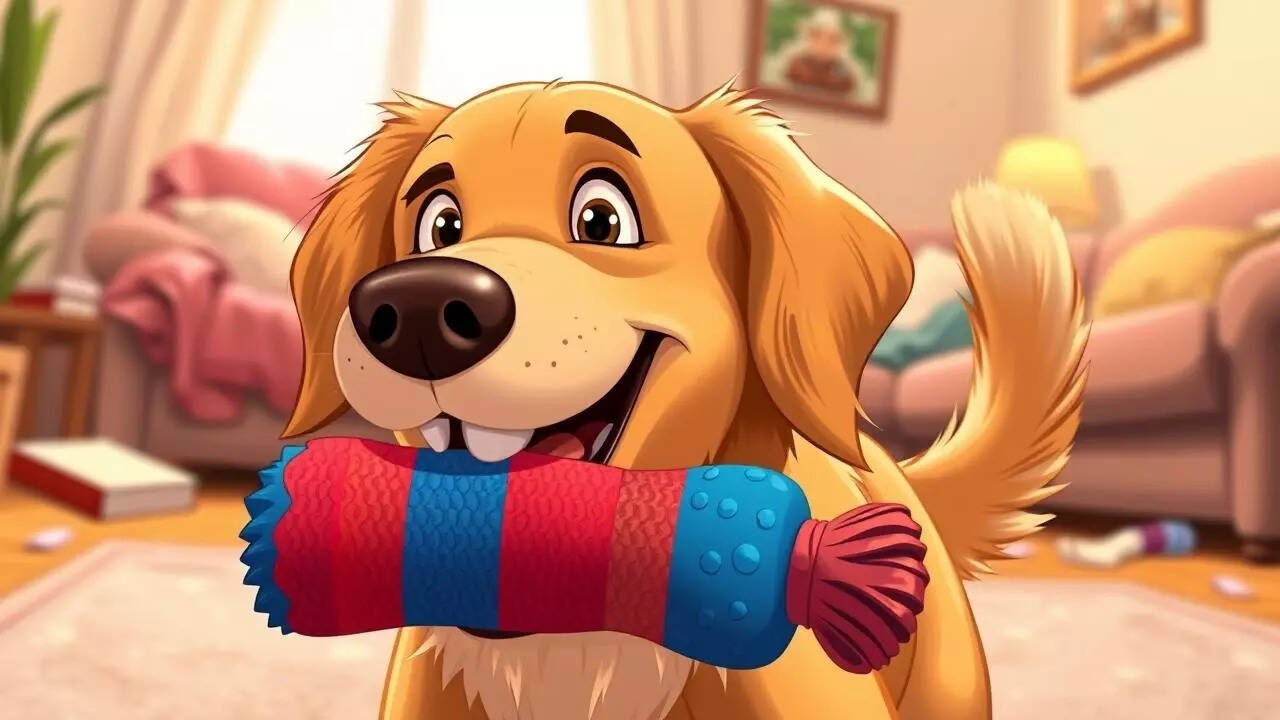How To Stop Your Dog from Chewing Everything; Proven Tips That Work
Every dog owner has faced the frustration of discovering chewed furniture, shoes, or cushions. Chewing is a natural behaviour for dogs — it helps relieve boredom, anxiety and even teething discomfort. However, when it becomes destructive, it’s a problem that needs gentle correction rather than punishment. The key to stopping your dog from chewing everything lies in understanding why they’re doing it and offering healthy alternatives. With patience, consistency, and the right approach, you can teach your dog what’s acceptable to chew and protect your belongings at the same time.

Understand Why Dogs Chew
Dogs chew for various reasons — curiosity, teething, anxiety, boredom or even hunger. Puppies especially chew to ease gum discomfort, while adult dogs may chew to relieve stress or excess energy. Identifying the root cause is essential before you can manage the behaviour. Observe when and where your dog tends to chew the most; it might reveal whether it’s triggered by loneliness, anxiety, or lack of stimulation.Provide Safe and Engaging Chew Toys
One of the best ways to redirect your dog’s chewing instinct is by providing durable, dog-safe chew toys. Look for toys made from natural rubber or nylon that are designed for your dog’s size and chewing strength. Rotate the toys regularly to keep them interesting. Chew toys not only protect your furniture but also support dental health and mental stimulation.Keep Temptations Out of Reach
Prevention plays a major role in managing destructive chewing. Remove shoes, clothes, cables, and children’s toys from accessible areas. Keep your home tidy and ensure your dog’s environment is safe and uncluttered. Use dog gates or playpens to limit access to specific rooms when you’re away. This reduces the chance of your dog finding something tempting to chew.Use Deterrent Sprays Wisely
Bitter-tasting, dog-safe sprays are available to discourage chewing on furniture or household items. These sprays are harmless but unappealing to dogs. Apply them to commonly chewed areas such as table legs, skirting boards, or shoes. However, deterrents should be combined with positive reinforcement, not used as a sole solution. Always test the spray on a small area first to avoid damaging furniture surfaces.Increase Exercise and Mental Stimulation
A tired dog is a well-behaved dog. Chewing often stems from pent-up energy or boredom. Regular walks, interactive play sessions, and mental games like puzzle feeders can make a huge difference. Dogs that are physically and mentally engaged are less likely to turn to chewing as entertainment. Adjust your dog’s activity level based on their breed, age and energy.Teach the 'Leave It' and 'Drop It' Commands
Basic obedience training is a powerful tool in curbing unwanted chewing. Teach your dog commands like 'leave it' and 'drop it' using reward-based methods. When they obey, praise them or offer a small treat. Consistent training helps them understand boundaries and makes it easier to redirect their chewing towards acceptable items.Crate Training for Safety and Structure
When used correctly, a crate can provide a safe, comforting space for your dog — especially when you’re not around to supervise. Never use a crate as punishment. Fill it with comfortable bedding and approved chew toys. Gradually increase the time your dog spends inside until they associate the crate with safety and calmness rather than isolation.Address Separation Anxiety
If your dog chews excessively when left alone, it could be a sign of separation anxiety. Symptoms include destructive chewing, whining, or pacing when you’re gone. To reduce anxiety, try short practice departures, leave calming music on, and avoid overly emotional goodbyes. For severe cases, consult a professional behaviourist or your vet for tailored guidance.Avoid Punishment
Yelling or physical punishment only increases fear and anxiety, worsening the problem. Dogs don’t understand punishment after the act — they only sense your anger. Instead, redirect them calmly towards acceptable chew toys and reward them when they make the right choice. Patience and consistency are the real keys to success.Consult Your Vet if It Persists
If your dog’s chewing habit doesn’t improve, or if they’re eating non-food items (a condition known as pica), it’s time to consult your vet. Underlying health issues such as nutritional deficiencies or dental discomfort might be contributing factors. Professional advice ensures that any medical cause is ruled out and a suitable behaviour plan is developed.Next Story